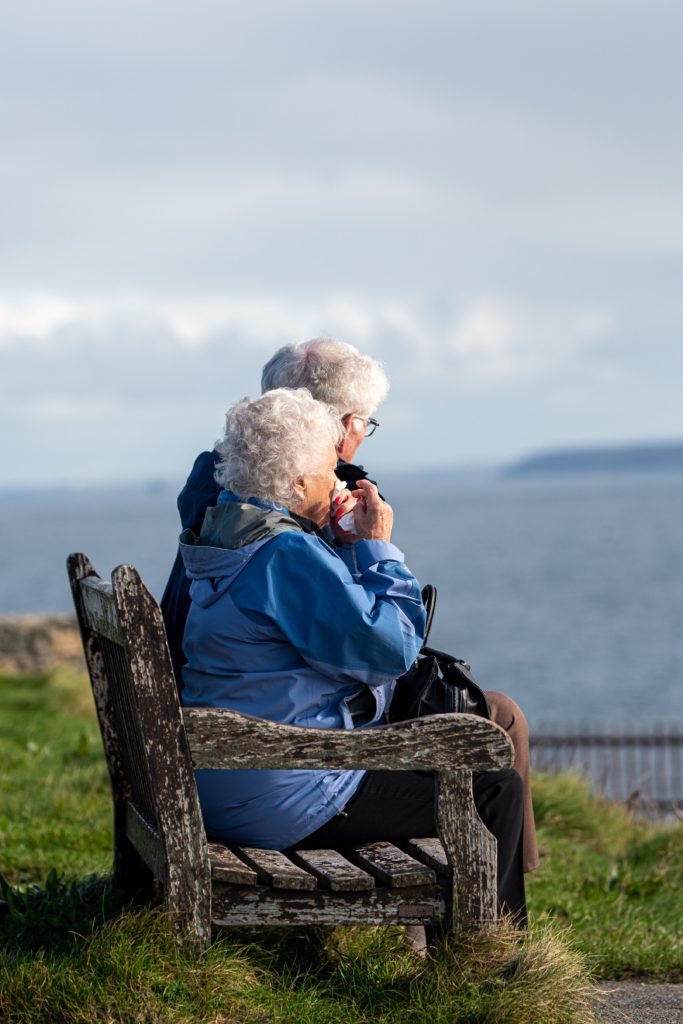According to the Centers for Disease Control and Prevention, 36 million falls occur among older adults ages 65 and older, and 1 out of 5 falls causes a serious injury such as a broken bone. Winter is typically considered the most dangerous season for seniors to fall or get injured, largely because of ice and snow on the ground. But summer has its own risks for accidents, such as slippery pavement and uneven or cracked sidewalks. People also tend to be more active in the warmer summer months, taking walks, golfing and playing other sports, and traveling, which can increase their risk for a fall. Seniors can be proactive with the recovery process if they suffer an injury this summer by utilizing some simple tips –
Make sure your home is set up safely. After returning home from the doctor’s office or hospital, it’s important to put new safety precautions in place at home. The steep staircase may not be usable while you are on crutches, or you may not be able to reach the lamp in the corner now. With the assistance of family and friends, rearrange the house to make it more livable for your current situation and put items in areas that can be reached easily. If possible, sleep in a guest room downstairs for the time being or set up an impromptu bedroom in a spare room to ensure you aren’t putting yourself in danger using stairs.
Stay in touch with family and friends. Create a favorites list in your contacts of your closest family and friends so that you can quickly get a hold of them if you need to. Also, it doesn’t hurt to have someone stop by once or twice a day while you are rehabbing your injury if you don’t have someone staying with you 24/7.
Zip through injuries with the right gear. Your normal attire may not be practical while you are rehabbing your injury. Instead of turning to sweatpants, leggings, or even pajama pants that can be hard for you or a caregiver to wear, seniors can use stylish adaptive pants like zipOns. The pants unzip and open completely on both sides of the legs with zippers that span from waist to hem. This means they can easily be put on from a standing, sitting, or laying down position without pulling them up over the legs. zipOns can also be unzipped at the bottom to accommodate casts, braces, and other medical equipment. Summer
Follow doctor’s orders to a T. When you leave the doctor’s office or hospital, you will likely be given discharge papers. The doctor may require you to take medicine, attend physical therapy classes, schedule follow-up appointments, and even regularly do certain exercises/stretches at home. To ensure a safe and quick recovery process, make sure to follow the doctor’s orders closely. Creating a written schedule on a whiteboard can help remind you of the tasks that need to get done or what medicine to take and when. Summer
Slow and steady wins the race. No one wants to be in a cast or spend the summer injured, but you can’t cut corners regarding the recovery process or the time it takes to heal. Even when you get the green light to resume your activities, take it slow and don’t rush back into doing too much too soon or risk reinjuring yourself.
About befree
befree is dedicated to improving lives by addressing the real, everyday challenges of people living with limited mobility. befree is committed to making an adaptive and inclusive fashion that really works. Though clothing is a basic human need, for millions of people with temporary or permanent disabilities, getting dressed can be an ongoing daily hardship. For more information, visit https://befreeco.com/.
